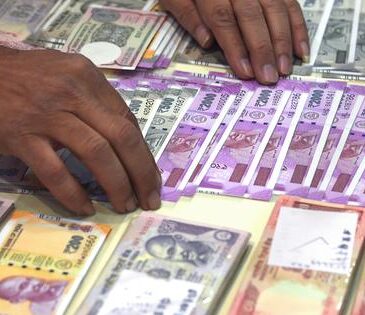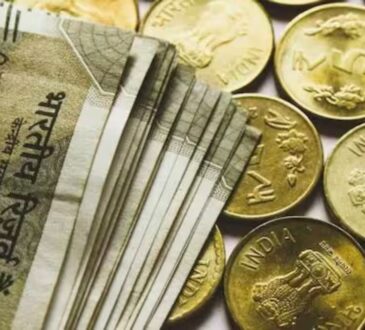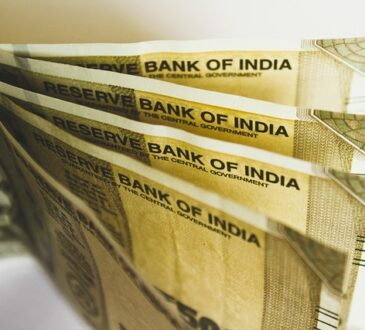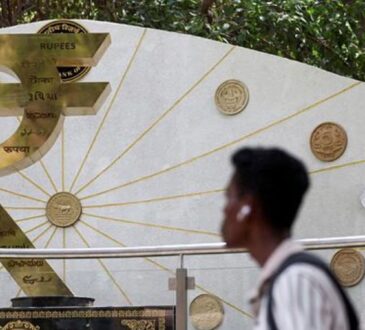Neelkanth Mishra sees India weathering tariff shock, but warns of market and currency risks
“The market should start getting used to the fact that uncertainty will now accentuate,” Mishra said.
He expects some countries to retaliate, which could lead to significant currency fluctuations and increased market stress in the coming weeks as trade negotiations begin.
He stated that India is relatively less impacted by the tariff changes and is making progress in addressing past economic challenges. The Reserve Bank of India’s proactive approach has significantly improved liquidity conditions, easing a constraint that previously slowed economic growth.
As a result, domestic demand is on stronger footing, and India’s overall economic impact from the tariffs is expected to be limited.
Read Here | ‘Disastrous policy’: Global economists question US tariff math, flag political risk for Republicans
Mishra also stated the potential opportunities, particularly in sectors like apparel and footwear. With Vietnam maintaining higher tariffs, India’s lower costs could make it a more attractive sourcing destination.
The tariff gap—around 20%—could enhance India’s competitiveness in these industries, as production is unlikely to shift to the US despite the tariff adjustments.
However, he cautioned that financial markets would likely bear the brunt of the impact. Investors are still adjusting to prolonged uncertainty, which could lead to volatility in capital flows and asset prices.
In times of uncertainty, foreign portfolio investors (FPIs) typically reduce their exposure to emerging markets (EMs) and shift toward safer assets. With the latest tariff measures exacerbating global financial stress, outflows from EMs are expected to rise.
Read Here | Trump throws half a punch: 27% reciprocal tariff on imports from India
While the US Federal Reserve’s policy actions often influence India’s monetary stance, the Reserve Bank of India (RBI) is expected to be guided more by internal economic conditions rather than external tariff-related shocks. The monsoon season and its impact on food inflation, as well as overall economic growth, will play a more decisive role in shaping the central bank’s policy outlook.
Mishra believes India’s electronics sector, which has seen increasing government incentives and manufacturing expansion, is likely to benefit from these tariff shifts. With tariffs on China and Vietnam significantly higher, global firms may look at India as a cost-effective alternative for sourcing.
For full interview, watch accompanying video
Catch all the live updates on Trump’s Reciprocal Tariffs here




